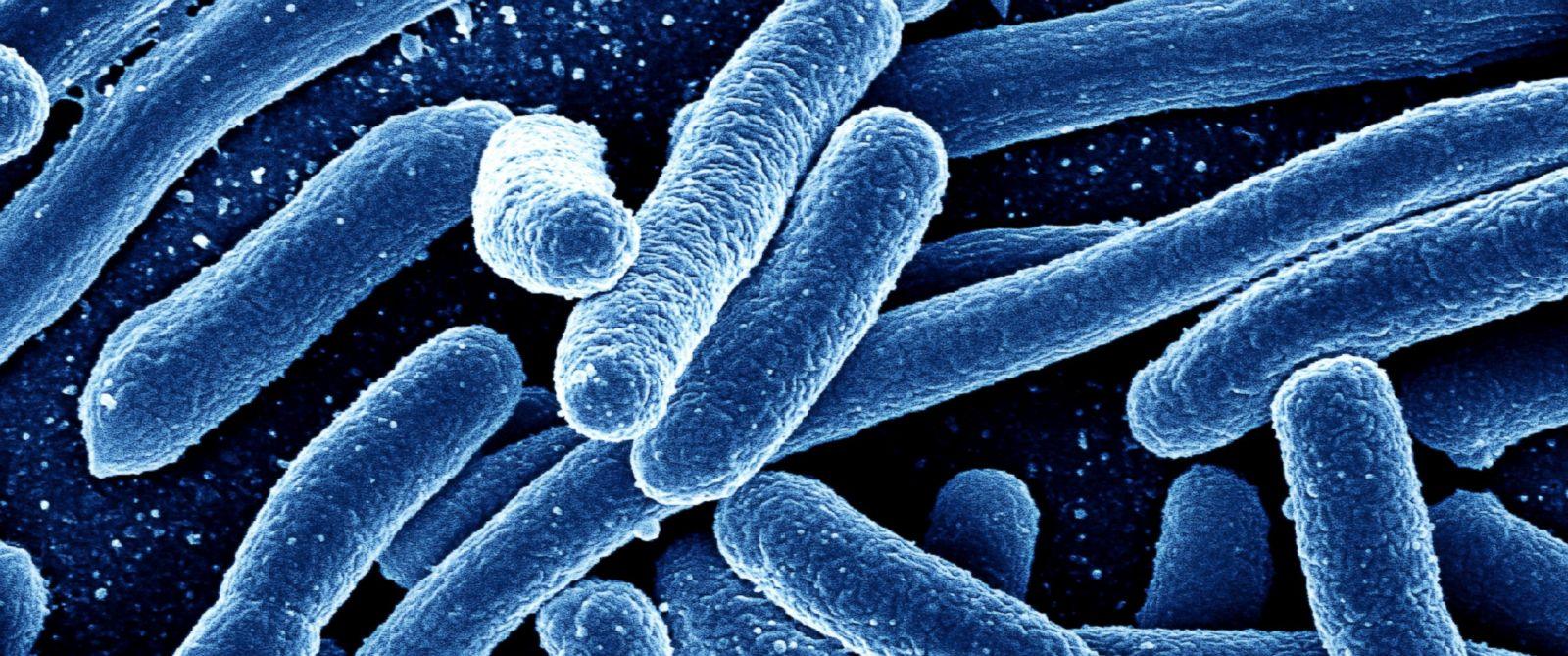
- Frankincense, derived from Boswellia trees, has been used for centuries for its anti-inflammatory and healing properties.
- Researchers have identified a compound in frankincense, AKBA, that shows promise in fighting ovarian cancer cells.
- Unlike chemotherapy, frankincense targets cancerous cells while sparing healthy ones, potentially revolutionizing cancer treatment.
- Ovarian cancer, often diagnosed late, claims nearly 15,000 lives annually in the U.S., making this research particularly urgent.
From Biblical gift to laboratory breakthrough
Frankincense’s storied history dates back millennia. It was one of the three gifts presented to the infant Jesus, alongside gold and myrrh, and has been traded along ancient incense routes since at least 7,000 BC. Produced primarily in the Dhofar region of Oman, frankincense has been used in religious rituals, perfumes, and traditional medicine across cultures, from ancient Egypt to India. Its anti-inflammatory properties have long been recognized, with applications ranging from treating rheumatoid arthritis to soothing gastrointestinal disorders.
Modern science is now uncovering the molecular secrets behind its healing power. Researchers have found that frankincense contains compounds capable of regulating immune responses and reducing inflammation, which may explain its historical use in treating chronic conditions. But its potential to combat cancer is what has captured the attention of scientists like immunologist Mahmoud Suhail.
Resetting cellular DNA: a new frontier in cancer treatment
Cancer begins when DNA within a cell’s nucleus becomes corrupted, leading to uncontrolled growth. Conventional treatments like chemotherapy often destroy both cancerous and healthy cells, leaving patients with weakened immune systems. Frankincense, however, appears to offer a more precise approach.
Suhail explains that frankincense acts as a cellular “reset button,” separating the nucleus from the cytoplasm and preventing the replication of cancerous DNA. “It’s like giving the cell a second chance to correct its mistakes,” he says. This mechanism could explain why frankincense has shown promise in reducing tumors and even reversing brain metastases in some cancer patients.
However, challenges remain. Frankincense contains allergenic compounds, making it unsuitable for direct administration. Practical application of frankincense essential oils is often hindered/by their low water solubility, limited bio-availability, high volatility, and sensitivity toward heat, humidity, light, or oxygen.
A kinder, gentler approach to cancer care
One of the most compelling aspects of frankincense research is its potential to revolutionize cancer treatment. Unlike chemotherapy, which often leaves patients vulnerable to infections and other complications, frankincense targets only cancerous cells. This could lead to treatments that are not only more effective but also less debilitating.
Researchers are now working to isolate the specific agents responsible for its anticancer properties. One such compound, acetyl-11-keto-beta-boswellic acid (AKBA), has already shown promise in fighting ovarian cancer.
Leicester University researchers have demonstrated that AKBA can combat ovarian cancer cells, even in advanced stages. This is particularly significant given the disease’s high mortality rate. Ovarian cancer is often diagnosed late, when treatment options are limited. AKBA’s ability to target these cells offers hope for patients with few alternatives.
Frankincense’s journey from ancient remedy to modern medicine highlights mankind's quest in understanding God's compassion through creation. As researchers continue to unlock the secrets hidden in nature, this ancient resin may soon take its place alongside cutting-edge therapies in the fight against cancer.
Sources include:
Please contact us for more information.






















